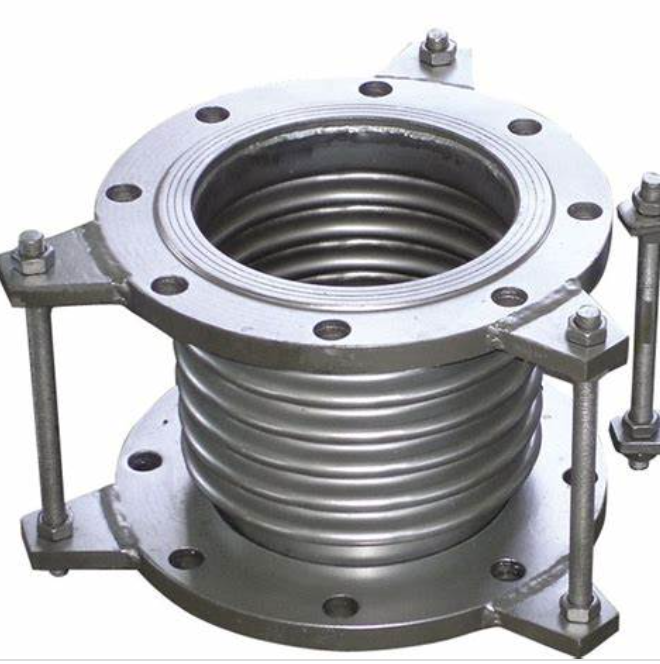ball valve and globe valve
Understanding the Differences Between Ball Valves and Globe Valves
When it comes to industrial applications involving the control of fluid flow, valves play a crucial role. Among the various types of valves used in piping systems, two of the most common are ball valves and globe valves. Each type has its own unique characteristics, advantages, and disadvantages, making them suitable for different applications.
Ball Valves
Ball valves are named for their internal spherical disc, which acts as the closing mechanism. When the valve is open, the ball is rotated 90 degrees to allow fluid to flow. When closed, the ball seals off the flow path. One of the most significant advantages of ball valves is their quick operation; they can be opened and closed with just a quarter turn. This feature makes them ideal for applications where rapid shut-off is necessary.
In addition to their speed, ball valves are known for offering excellent sealing capabilities, which minimizes the risk of leaks. They are suitable for both high-pressure and high-temperature applications and are available in a variety of materials, including stainless steel, brass, and PVC, making them versatile for different media types.
However, ball valves are not typically ideal for throttling applications, as their operation leads to flow turbulence and potential damage to the valve seats over time. They perform best in on/off service rather than in flow regulation.
Globe Valves
In contrast, globe valves are designed for precise flow control. They feature a spherical body with an internal baffle that creates a change in direction for the fluid flow. To open or close a globe valve, the disc is raised or lowered, allowing for more controlled manipulation of the flow rate, making them particularly suitable for applications requiring throttling.
The ability of globe valves to regulate flow means they are often used in applications such as cooling water systems and fuel oil systems, where fine adjustments to flow are essential. Additionally, globe valves generally have a higher resistance to flow, which can be a disadvantage in applications where low pressure drop is desired.
ball valve and globe valve

While globe valves excel in controlling flow, they typically require more space and are heavier than ball valves. The greater complexity of their internal design can also lead to higher manufacturing and maintenance costs.
Key Comparisons
When comparing ball valves and globe valves, several factors should be considered
1. Operation Speed Ball valves offer rapid on/off operation with a quarter turn, while globe valves require a more gradual, multi-turn operation.
2. Flow Control Globe valves are better suited for throttling applications, allowing for precise control of flow rates. Ball valves, however, are designed primarily for on/off service.
3. Sealing Capability Ball valves typically provide a superior seal, which helps prevent leaks, making them suitable for high-pressure applications.
4. Maintenance and Cost Generally, ball valves are less expensive and easier to maintain than globe valves due to their simpler design.
In summary, the choice between a ball valve and a globe valve ultimately depends on the specific needs of the application. For quick shut-off and minimal leakage, ball valves are the better option. Conversely, for applications requiring precise flow control and throttling, globe valves are the preferred choice. Understanding the strengths and limitations of each type of valve ensures efficient and effective fluid management in any system.
-
3-types-of-check-valves-maintenance-tipsNewsAug.23,2025
-
ball-valves-types-with-trunnion-mounted-designNewsAug.23,2025
-
butterfly-valve-company-production-capabilitiesNewsAug.23,2025
-
fisher-globe-valve-technical-specificationsNewsAug.23,2025
-
types-of-gaskets-for-flanges-selection-guideNewsAug.23,2025
-
wedge-gate-valve-suppliers-quality-standardsNewsAug.23,2025
-
Breakthrough in Domestic Low Temperature Valve Technology in ChinaNewsAug.18,2025




